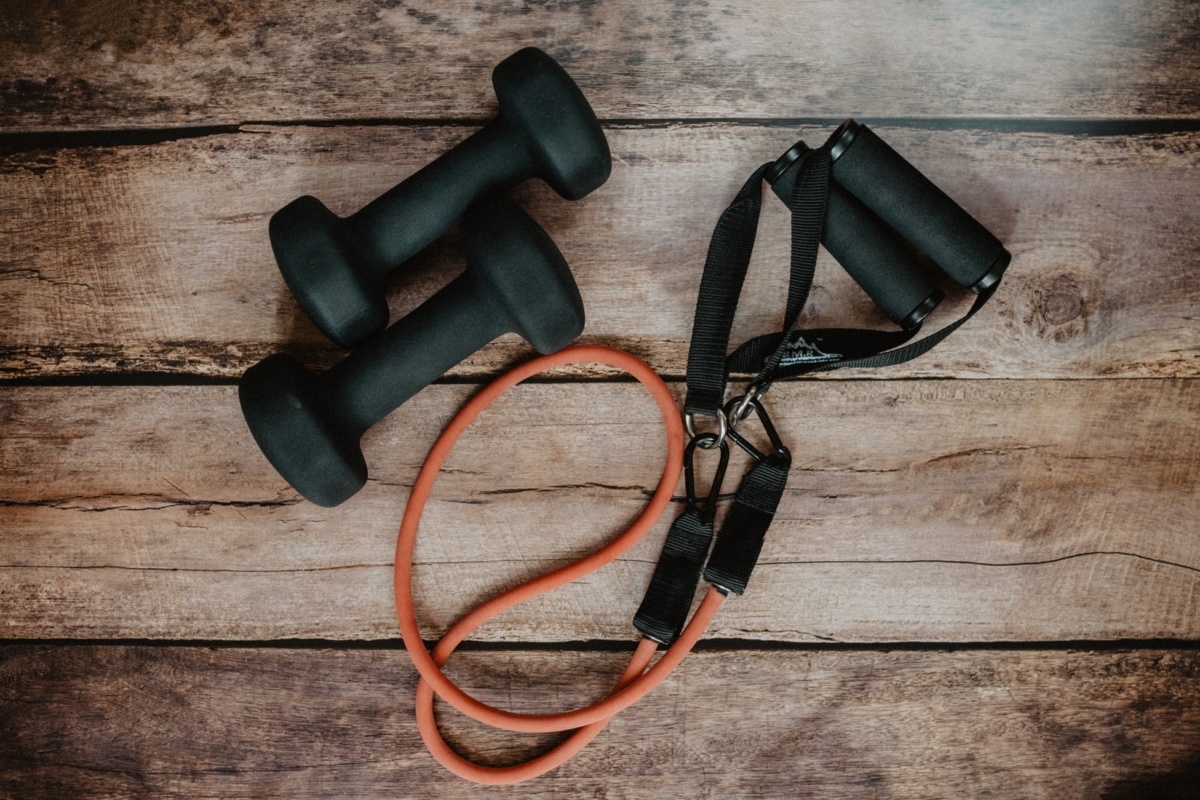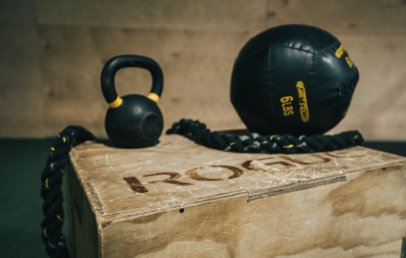
Keep up the burn through the entire lift.
Whether you’re lifting weights or performing some manner of bodyweight exercise, there’s a certain… quirk that may subtly alter the actual weight load you’re experiencing. For example, if you’re doing push-ups, you’re not experiencing your full bodyweight for the entire duration of a push-up, you’re only experiencing it for the first half. If you want to maximize your gains from these kinds of exercises, you need to ensure that you’re feeling the full brunt of the weight for the entire duration. This is where the concept of accommodating resistance comes into play.
Accommodating resistance is when you use either an extra piece of equipment or a very particular motion to force your body into feeling the full brunt of the weight you’re placing on it. Increasing the weight load throughout the entire motion will undoubtedly make those motions much more difficult, but they’ll also decisively increase the gains you reap from a set. A staple of accommodating resistance training is bindings like bands or chains; for example, if you attach bands while lifting weights, you’ll feel the weight on both the upward lift and the downward motion.

If you don’t have bands handy, certain kinds of bodyweight exercises can work as well. A lean-forward push-up, for instance, utilizes a similar pose to a high plank, with the extra weight of your shoulders over your hands equaling out the weight on the return motion. The only catch that comes with this kind of training, whether you’re using bands or particular poses, is that you may need to lower your weight load slightly. Remember, a typical workout load accommodates for those downtimes to an extent. If you try to perform that kind of lengthy exercise with accommodating resistance, you’re liable to hurt yourself, so don’t push it too far.




